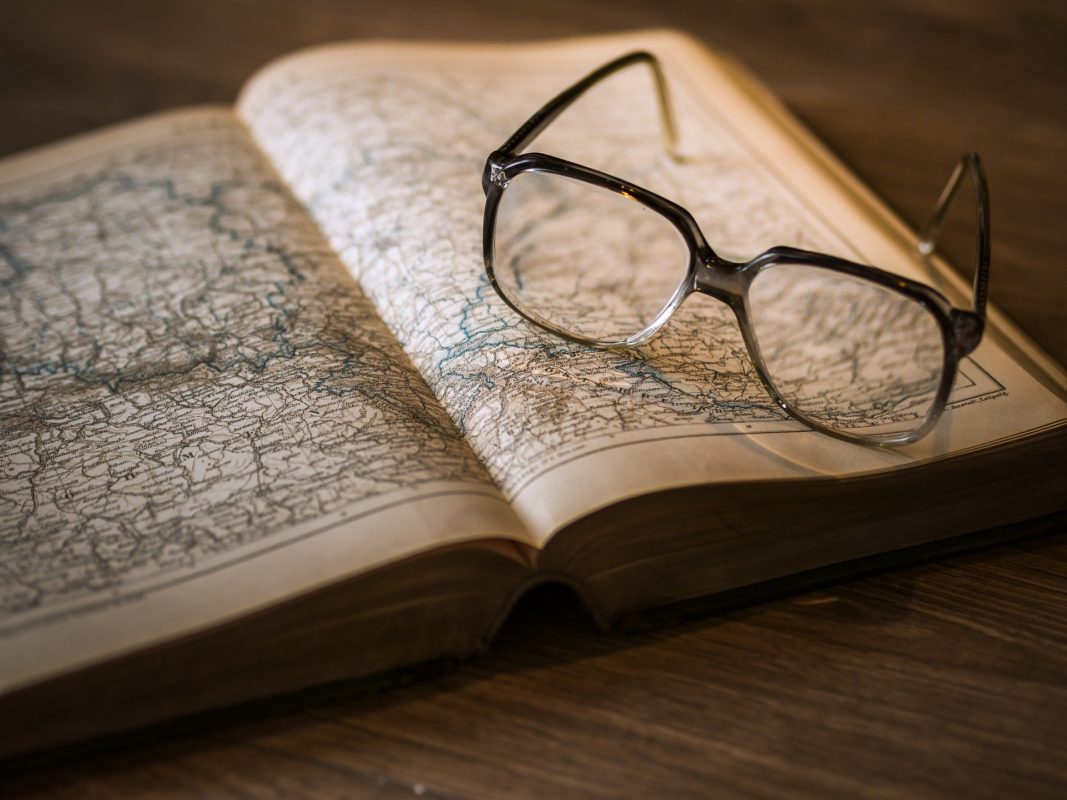Wait … Is This Yours Or Mine?
Whether you’re well-versed in law or you’re only casually aware of its existence, you probably understand that copyright law is a complex creature. The different areas it covers is vast, the allowances for use are particular, and there’s still plenty that seems up in the air regardless of the law’s comprehensiveness.

Maps are one of these topics, thanks to their own confusing nature. Age, production status, authorship, originality, and more all play into the protections afforded (or not) and copyright coverage. Because of this, each case is unique, but what do the laws generally say about map copyright?
The Basics of Copyright
Before learning anything about map copyright, it’s important to know what that term means more generally. Copyright is an intellectual property law that automatically gives exclusive legal rights to the originator of creations like songs, movies, software, books, etcetera. This law then grants the creator the right to make reproductions, distribute the work, display it, or alter it in some fashion.
Of course, these rights don’t apply to people who aren’t the originator of the work, which protects from plagiarism and copying. This also comes with the benefit of rewarding authors and creators, helping them feel secure knowing that their hard work is protected from theft and encouraging them to create new songs, books, movies, or other content that all of us can enjoy.
Copyright Requirements
Naturally, copyright doesn’t cover everything. There are certain things that simply can’t be claimed under copyright because they don’t fit the basic requirements. These requirements include:
CREATIVITY
For a work to be protected, it has to meet a certain level of creativity. This creativity doesn’t even have to be a particularly high level (no reinventing the wheel required here), but a project must have some nonetheless. Luckily for most creators, this is perhaps the easiest requirement to meet. If it meets the other two conditions, the creation will most likely satisfy this one as well.
ORIGINALITY
Someone once said that there are only approximately 200 original books in the world, and several others have echoed the limited originality of other works. Whether you agree with that or disagree, you probably understand the reasoning. We find inspiration all around us and incorporate that into our personal creations. This can sometimes raise concerns in creators about meeting this requirement, but it’s typically an unnecessary worry. All a work needs to do to be considered “original” is to be independently created and not directly copied. So, as long as you’re not plagiarizing, your song, software, or otherwise likely fits this specification just fine.
FIXESNESS
If you want to meet this requirement, your creative work has to be something tangible and relatively fixed. In other words, it must be past the more transitory period projects go through and be reasonably stable and permanent. Sounds a little more intimidating than the previous two requirements, but it’s rather straightforward. Fulfilling this requirement naturally happens as long as the work you’ve made can be viewed, listened to, engaged with, or otherwise communicated for more than a mere few moments.
All in all, none of these criteria are particularly difficult to meet. The vast majority of created works will quickly and easily fall into these categories. Once they do, they are immediately protected, even without filing with the Copyright Office or using a copyright notice.
So What About Maps?
So, now that you get the basics of copyright, it’s time to move onto more specifics. Can maps be copyrighted? The short answer’s a clear and resounding: yes.
Section 107 of the United States’ Copyright Act even specifically mentions maps. However, the more comprehensive answer is that it depends on the specific map, when it was initially published, and whether it fits the criteria previously outlined. As long as it original, creative, and fixed, then it can be protected. What cannot be protected is the information it communicates, the symbols it uses, or the way one presents it. After all, none of those particularly fit the outlined specifications, and copyright naturally does not protect facts or ideas.
Age does also play a part, though. Generally, copyright protects a work for as long as the creator’s life plus an additional 70 years. If the author is not known, the creation is protected for 95 years or 120 years from the year of publication or production, respectively. When this time limit runs out, it then becomes unprotected and enters the public domain. This means that many of the maps that have been under copyright no longer are and are available for reproduction, sharing, etc. Currently, everything created by an author who died before 1924 is now free to use, including many maps.
Use & Sharing Terms
The use of various maps and other materials can be tricky thanks to copyright, but it’s still possible. On top of public domain ones, there are plenty of maps you can reference or share even when under copyright. This is thanks to fair use, which allows you to use copyrighted maps (and other materials) for:
- Criticism or comment
- News reporting
- Teaching
- Scholarship or research
Just try to keep in mind that fair use is often even rockier to navigate than copyright laws themselves, primarily because there are no hard and fast rules. Several factors go into it, including the purpose of use, the character of the application, the nature of the map or work in question, the portion used, and how the intended use will impact the value of the copyrighted map.
A good rule of thumb is that copyrighted maps can be shared in the classroom or for purposes not done for profit, but this isn’t always the case. The best thing to do is to treat maps like any other piece of intellectual property. Don’t alter it, claim ownership, or publish it without seeking permission from the original creator. Remember, caution keeps you safe while also protecting the author and the integrity of their work.
Did you like our travel tips? Let us know how we did and visit our website for more about travel, geography, mapping, and more!



